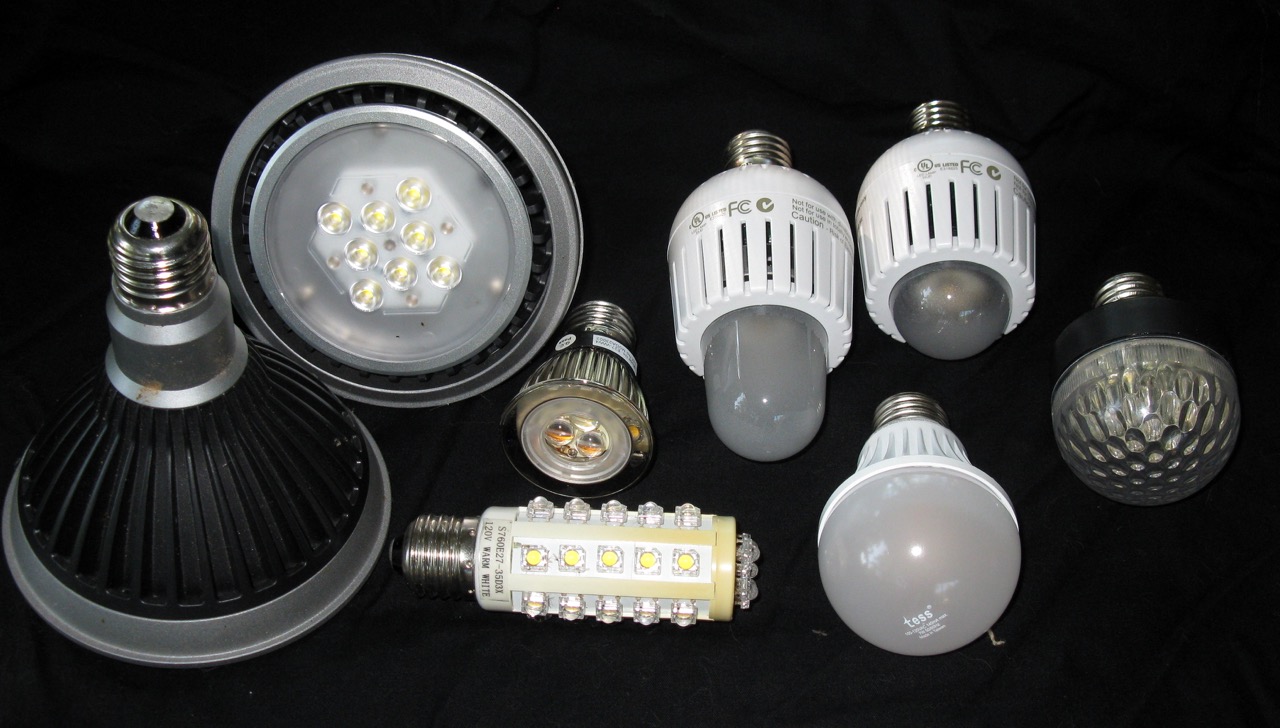

Articles
How Does An LED Light Bulb Work
Modified: December 7, 2023
Discover how LED light bulbs work and learn more about this energy-efficient lighting option. Read our informative articles on LED technology and its benefits.
(Many of the links in this article redirect to a specific reviewed product. Your purchase of these products through affiliate links helps to generate commission for Storables.com, at no extra cost. Learn more)
Introduction
LED light bulbs have revolutionized the way we illuminate our homes, offices, and public spaces. With their energy efficiency and long lifespan, LED bulbs have become the preferred lighting option for many consumers and businesses.
In this article, we will explore the inner workings of LED light bulbs, their history, advantages, and future potential. By understanding how LED bulbs function and the benefits they offer, you will gain a deeper appreciation for this innovative lighting technology.
LED, which stands for Light Emitting Diode, is a semiconductor device that emits light when an electrical current passes through it. Unlike traditional incandescent or fluorescent bulbs, LED bulbs do not rely on a filament or gas to produce light, making them more durable, energy-efficient, and eco-friendly.
Join us on this illuminating journey as we delve into the fascinating world of LED light bulbs!
Key Takeaways:
- LED light bulbs have revolutionized lighting with energy efficiency, long lifespan, and versatile applications. From humble beginnings to widespread adoption, they pave the way for a brighter and greener future.
- The future potential of LED light bulbs holds exciting prospects for energy-efficient lighting, smart technology integration, and advancements in human-centric lighting. LED bulbs are set to reshape the future of lighting.
Read more: How Does Light Bulb Camera Work
History of LED Light Bulbs
The history of LED light bulbs dates back to the early 1960s when researchers discovered the phenomenon of electroluminescence in semiconductors. However, it wasn’t until the 1990s that LED technology advanced enough to be used in practical lighting applications.
In 1962, Nick Holonyak Jr., a researcher at General Electric, developed the first visible-spectrum LED that emitted red light. This breakthrough paved the way for further advancements in LED technology.
Over the next few decades, scientists and engineers worked on improving the efficiency and color range of LEDs. In the 1990s, researchers at Cambridge University developed blue LEDs, which were essential for producing white light.
The development of blue LEDs was a game-changer as it allowed for the creation of white LED light bulbs by combining red, green, and blue LEDs. This led to the widespread adoption of LED lighting in various applications.
Initially, LED light bulbs were primarily used in niche applications such as indicator lights in electronics and display boards. However, advancements in LED technology and the growing demand for energy-efficient lighting options led to their mainstream adoption.
The high energy efficiency and long lifespan of LED bulbs caught the attention of governments, businesses, and consumers alike. Governments around the world started implementing regulations phasing out inefficient incandescent bulbs and encouraging the use of LED lighting.
Today, LED light bulbs are used in residential, commercial, and industrial settings for general lighting purposes. They are also widely utilized in specialized applications such as automotive lighting, stadium lighting, and horticultural lighting.
The history of LED light bulbs is a testament to the continuous advancement of technology and the quest for energy-efficient lighting solutions. As technology continues to evolve, we can expect even greater innovations in the field of LED lighting.
Structure of LED Light Bulbs
LED light bulbs may appear simple from the outside, but they consist of several intricate components that work together to produce light efficiently and effectively.
The main components of an LED light bulb include:
- LED Chip: This is the heart of the LED bulb. It is a small semiconductor device that emits light when an electric current is applied to it. LED chips are usually made of materials such as gallium nitride (GaN) or gallium arsenide (GaAs), which determine the color of the emitted light.
- Epitaxial Layer: The epitaxial layer is a thin layer of semiconductor material that is deposited on a substrate. It is responsible for the efficient flow of electrons and holes within the LED chip, allowing for the emission of light.
- Substrate: The substrate acts as the support for the epitaxial layer and provides a base for the LED chip. Common substrate materials include sapphire, silicon, or gallium arsenide.
- Heat Sink: LEDs emit light, but they also generate heat. To prevent overheating and ensure optimal performance, LED light bulbs are equipped with a heat sink. The heat sink absorbs and dissipates the heat generated by the LED chip, keeping it cool and prolonging its lifespan.
- Optical Components: LED light bulbs often incorporate optical components to control and direct the light emitted by the LED chip. These components may include lenses, reflectors, or diffusers to shape the light beam and improve the overall distribution of light.
- Driver: The driver is an essential component that regulates the electrical current flowing to the LED chip. It ensures that the LED operates within its optimal voltage and current range, providing a stable and consistent light output. LED drivers also contribute to the energy efficiency of LED light bulbs.
The structure of LED light bulbs is carefully designed to maximize the efficiency and longevity of the bulb. By combining the right materials, engineering techniques, and components, manufacturers can create LED bulbs that provide bright, reliable, and energy-efficient lighting.
Understanding the structure of LED light bulbs can help consumers make informed decisions when purchasing LED lighting products. By choosing bulbs with quality components and design, you can ensure optimal performance and long-term cost savings.
Principle of LED Light Bulbs
LED light bulbs operate based on a principle called electroluminescence. Electroluminescence is the phenomenon where light is emitted from a material when an electric current passes through it.
The principle of LED light bulbs can be broken down into the following steps:
- Electron Movement: When an electric current is applied to an LED bulb, it flows through the LED chip. The LED chip is made from a semiconductor material, such as gallium nitride (GaN) or gallium arsenide (GaAs).
- Recombination: As the electric current flows through the LED chip, it encounters positively charged “holes” and negatively charged electrons. These charged particles combine or recombine in the semiconductor material.
- Energy Release: When the electrons recombine with the holes in the semiconductor material, energy is released in the form of photons, which are particles of light. The energy level of the released photons determines the color of the light emitted.
- Photon Emission: The released photons travel through the epitaxial layer and emerge from the LED chip. The optical components, such as lenses or reflectors, shape and control the direction of the emitted light.
The key to the efficiency of LED light bulbs lies in the materials used in the LED chip. The specific properties of semiconductors like GaN allow for a more efficient recombination of electrons and holes, resulting in a higher conversion rate of electrical energy to light energy.
Unlike traditional incandescent bulbs, which convert a significant portion of energy into heat, LED light bulbs generate very little heat due to their energy-efficient operation. This makes LED bulbs more efficient and cost-effective in terms of energy consumption.
LED light bulbs also have the ability to produce monochromatic light, meaning they emit light of a specific color. By combining several LED chips of different colors, such as red, green, and blue, white light can be produced. This is achieved through a process called color mixing, which allows for versatility in producing different shades and hues.
The principle of LED light bulbs not only offers energy efficiency, but it also allows for flexibility in lighting design and customization. LED bulbs can be designed to emit light in a specific direction, making them ideal for directional lighting applications such as spotlights or task lighting.
By understanding the principles behind LED light bulbs, consumers can appreciate the technology and make informed decisions when choosing LED lighting options for their specific needs.
Energy Efficient Properties of LED Light Bulbs
LED light bulbs are renowned for their exceptional energy efficiency, making them a popular choice for both residential and commercial lighting. The following are the key energy-efficient properties that set LED bulbs apart from traditional incandescent and fluorescent lighting options:
- Low Power Consumption: LED light bulbs consume significantly less energy compared to incandescent bulbs. They require only a fraction of the power to produce the same amount of light, allowing for a considerable reduction in energy consumption.
- High Lumen Output: Despite their low power consumption, LED bulbs can produce a high lumen output, which is the measure of the total visible light emitted by the bulb. This means that LED bulbs can provide bright illumination while consuming minimal energy.
- Efficient Conversion: LED bulbs have a high conversion rate of electrical energy to light energy. They convert a larger percentage of the energy they consume into visible light, minimizing wasted energy in the form of heat. This efficiency contributes to lower energy bills and reduced environmental impact.
- Instant On: LED bulbs reach full brightness instantly when turned on, unlike some other types of bulbs that require a warm-up period. This instant-on feature further enhances their energy efficiency, as there is no need to keep the lights on when they are not in use.
- Dimmable Options: LED bulbs can be dimmed to various light levels without losing efficiency. This allows for further energy savings by adjusting the brightness to suit specific needs and preferences. Dimming capabilities also prolong the lifespan of LED bulbs.
- Long Lifespan: LED light bulbs have an exceptionally long lifespan compared to traditional bulbs. They can last up to 25 times longer than incandescent bulbs, reducing the need for frequent bulb replacements. This not only saves money but also reduces waste and the carbon footprint associated with manufacturing and disposing of bulbs.
The energy-efficient properties of LED light bulbs make them a sustainable lighting solution that offers significant cost savings and environmental benefits. By switching to LED bulbs, households and businesses can considerably reduce their energy consumption, lower electricity bills, and contribute to a greener future.
It is important to note that energy efficiency can vary between different LED bulb models and brands. When purchasing LED bulbs, look for products with high energy efficiency ratings, such as ENERGY STAR certification, to ensure you are getting the most efficient lighting solution for your needs.
LED light bulbs work by using a semiconductor to convert electricity into light. The movement of electrons within the semiconductor produces photons, creating light. LED bulbs are more energy-efficient and longer-lasting than traditional incandescent bulbs.
Read more: How Does The Incandescent Light Bulb Work
Advantages of LED Light Bulbs
LED light bulbs offer numerous advantages over traditional incandescent and fluorescent lighting options. These advantages have contributed to the widespread adoption of LED bulbs in various applications. Here are the key advantages of LED light bulbs:
- Energy Efficiency: LED bulbs are highly energy-efficient, consuming significantly less power while producing the same amount of light as traditional bulbs. This translates to lower energy bills and reduced environmental impact.
- Long Lifespan: LED bulbs have an exceptionally long lifespan, lasting up to 25 times longer than incandescent bulbs. This reduces the frequency of bulb replacements, saving money and reducing waste.
- Instant On: LED bulbs reach full brightness instantly when turned on, eliminating any warm-up time. This is particularly beneficial in applications where immediate illumination is required, such as security lighting.
- Durability and Shock Resistance: LED bulbs are highly durable and resistant to shocks, vibrations, and extreme temperature fluctuations. This makes them ideal for outdoor and industrial settings where traditional bulbs may be more prone to damage.
- Compact Size: LED bulbs are compact and available in various shapes and sizes, allowing for versatility in lighting design and installation. This flexibility makes them suitable for a wide range of applications, from decorative lighting to recessed lighting fixtures.
- Directional Lighting: LED bulbs have the ability to emit light in a specific direction, unlike traditional bulbs that scatter light in all directions. This directional lighting feature ensures efficient light distribution, making LED bulbs ideal for focused lighting needs, such as task lighting or spotlighting.
- Environmental Friendly: LED bulbs do not contain harmful substances such as mercury, which can be found in fluorescent bulbs. As a result, LED bulbs are safer for the environment and easier to dispose of responsibly.
- Color Options: LED bulbs offer a wide range of color options, allowing for greater flexibility in lighting design and ambiance creation. From warm white to cool white, and even vibrant colors, LED bulbs can cater to various preferences and lighting requirements.
The advantages offered by LED light bulbs have made them the go-to choice for consumers, businesses, and governments alike. From energy efficiency and durability to versatility and environmental friendliness, LED bulbs provide a superior lighting solution that is both cost-effective and sustainable.
As technology continues to advance, we can look forward to more innovative developments in LED lighting, further enhancing its advantages and expanding its applications.
Current Applications of LED Light Bulbs
LED light bulbs have become increasingly popular and are now widely used in various applications across different sectors. Their energy efficiency, long lifespan, and versatile design have made them the preferred lighting option in many settings. Here are some of the current applications of LED light bulbs:
- Residential Lighting: LED bulbs are commonly used in homes for general lighting purposes. They can be found in ceiling fixtures, table lamps, floor lamps, and other common household lighting fixtures. LED bulbs provide bright and efficient illumination while reducing energy consumption and offering cost savings for homeowners.
- Commercial Lighting: LED bulbs are extensively utilized in commercial buildings such as offices, retail stores, and hotels. LED lighting provides uniform and high-quality illumination, enhancing the overall visual appeal. Additionally, the energy-efficient nature of LED bulbs helps reduce operating costs for businesses.
- Outdoor Lighting: LED light bulbs are ideal for outdoor lighting applications. They are commonly used in streetlights, parking lot lighting, pathway lighting, and landscape lighting. LED bulbs offer bright and focused illumination, improving visibility and safety in outdoor spaces.
- Automotive Lighting: LED bulbs have revolutionized automotive lighting. They are used in headlights, taillights, turn signals, and interior lighting in cars and motorcycles. LED automotive lighting provides better visibility, energy efficiency, and a longer lifespan compared to traditional bulbs.
- Display and Signage: LED light bulbs are extensively employed in advertising displays, digital signage, and billboards. Their brightness, vibrant colors, and ability to display dynamic content make them an excellent choice for capturing attention and conveying messages effectively.
- Sports Lighting: LED lighting has transformed sports lighting, providing improved visibility and a better viewing experience for spectators. LED bulbs are used in stadium lighting for outdoor sports such as football, baseball, and soccer. The ability of LED bulbs to produce high-quality illumination and their durability make them an ideal choice for sports arenas.
- Horticultural Lighting: LED bulbs are increasingly used in horticulture for indoor farming, greenhouse cultivation, and vertical farming. The ability to customize the light spectrum and optimize lighting conditions for plant growth has made LED bulbs a valuable tool in maximizing crop yield and quality.
The current applications of LED light bulbs demonstrate their versatility and adaptability in various industries. From residential and commercial lighting to automotive, outdoor, and specialized applications like horticulture, LED bulbs continue to revolutionize the way we illuminate our surroundings.
As technology advances and LED lighting becomes more affordable, we can expect to see its usage expand even further into new domains, offering even greater energy efficiency and lighting possibilities.
Future Potential of LED Light Bulbs
The future of LED light bulbs looks promising, with vast potential for further advancements and innovations. As technology continues to evolve, LED bulbs are expected to offer even greater energy efficiency, improved performance, and expanded applications. Here are some of the potential advancements we can expect in the future:
- Increased Energy Efficiency: LED light bulbs are already highly energy-efficient, but ongoing research aims to further enhance their efficiency. Scientists and engineers are working to improve materials, optimize design, and develop new manufacturing techniques to maximize energy savings and reduce environmental impact.
- Improved Color Rendering: LED bulbs have made significant strides in color rendering, allowing for more natural and accurate representation of colors. Future developments may bring advancements in color quality, enabling LED bulbs to mimic the color rendering capabilities of natural daylight more precisely.
- Smart Lighting: The integration of LED bulbs with smart technologies offers exciting possibilities for the future. LED bulbs with built-in sensors, wireless connectivity, and compatibility with smart home systems can be controlled remotely, customized, and automated for optimal lighting and energy management.
- Li-Fi Technology: LED bulbs have the potential to serve as a conduit for wireless communication by utilizing light fidelity (Li-Fi) technology. Li-Fi can transmit data using light waves, providing high-speed, secure, and reliable wireless connectivity. This technology may revolutionize how we connect to the internet and create a more efficient and interconnected world.
- Health and Well-being Benefits: Research suggests that LED lighting can have positive impacts on human health and well-being. Future advancements may focus on developing LED bulbs that can adjust light intensity and color temperature to align with the body’s natural circadian rhythm, promoting better sleep and overall wellness.
- Integration with Renewable Energy: LED bulbs are well-suited for integration with renewable energy sources such as solar and wind power. As renewable energy technologies advance, LED lighting can play a crucial role in maximizing energy efficiency and sustainability by using clean and renewable sources for illumination.
- Expanded Applications: LED lighting will continue to expand its reach into new applications. From advanced lighting in medical and healthcare facilities to innovative uses in architecture and design, LED light bulbs will continue to push boundaries and provide solutions for diverse industries.
The future potential of LED light bulbs holds exciting prospects for energy-efficient lighting, smart technology integration, and advancements in human-centric lighting. As research and development in the field of LED lighting progress, we can look forward to more efficient, sustainable, and user-centric lighting solutions.
With their numerous advantages and ongoing advancements, LED light bulbs are set to reshape the future of lighting, providing us with more efficient, versatile, and environmentally friendly illumination options.
Conclusion
LED light bulbs have undoubtedly revolutionized the lighting industry, offering incredible energy efficiency, long lifespan, and versatile applications. From their humble beginnings to their current widespread adoption, LED bulbs have come a long way and continue to pave the way for a brighter and greener future.
The history of LED light bulbs showcases the remarkable advancements in technology over the years. From the discovery of electroluminescence to the development of blue LEDs, scientists and engineers have pushed the boundaries of innovation to bring us this groundbreaking lighting solution.
The structure and principle of LED light bulbs demonstrate their unique and efficient design. Through electroluminescence, LED bulbs convert electrical energy into light without relying on filaments or gases, resulting in a longer lifespan, lower energy consumption, and reduced environmental impact.
The energy-efficient properties of LED light bulbs, such as low power consumption, high lumen output, efficient conversion, and instant-on functionality, make them an ideal choice for both residential and commercial lighting needs. LED bulbs not only save energy and lower electricity bills but also contribute to a greener planet.
LED light bulbs provide numerous advantages over traditional lighting options. Their long lifespan, durability, and ease of dimming make them a cost-effective and versatile lighting solution. The directional lighting capability and wide range of color options further enhance their appeal for various applications.
The current applications of LED light bulbs span across residential, commercial, outdoor, automotive, and specialized lighting needs. Their versatility and adaptability have made them the go-to choice for illuminating homes, offices, streets, stadiums, signage, and even plants in controlled environments.
Looking to the future, LED light bulbs hold immense potential for further advancements. From increased energy efficiency and improved color rendering to smart lighting integration and Li-Fi technology, LED bulbs will continue to evolve and offer innovative solutions for lighting and communication needs.
In conclusion, LED light bulbs have revolutionized the way we light our world. With their energy efficiency, long lifespan, versatility, and potential for future advancements, LED bulbs are not just a lighting solution but a catalyst for a more sustainable and connected future.
Frequently Asked Questions about How Does An LED Light Bulb Work
Was this page helpful?
At Storables.com, we guarantee accurate and reliable information. Our content, validated by Expert Board Contributors, is crafted following stringent Editorial Policies. We're committed to providing you with well-researched, expert-backed insights for all your informational needs.
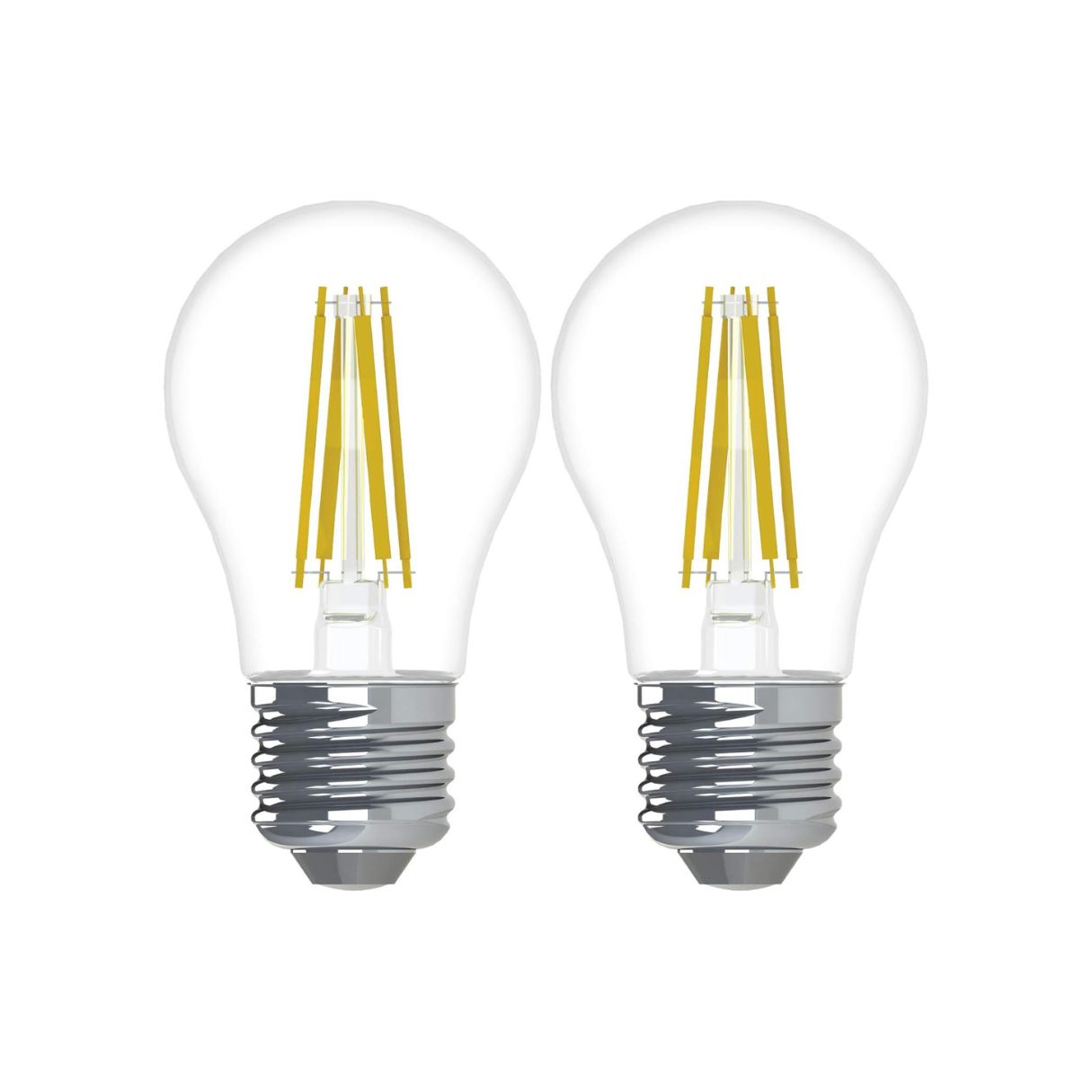
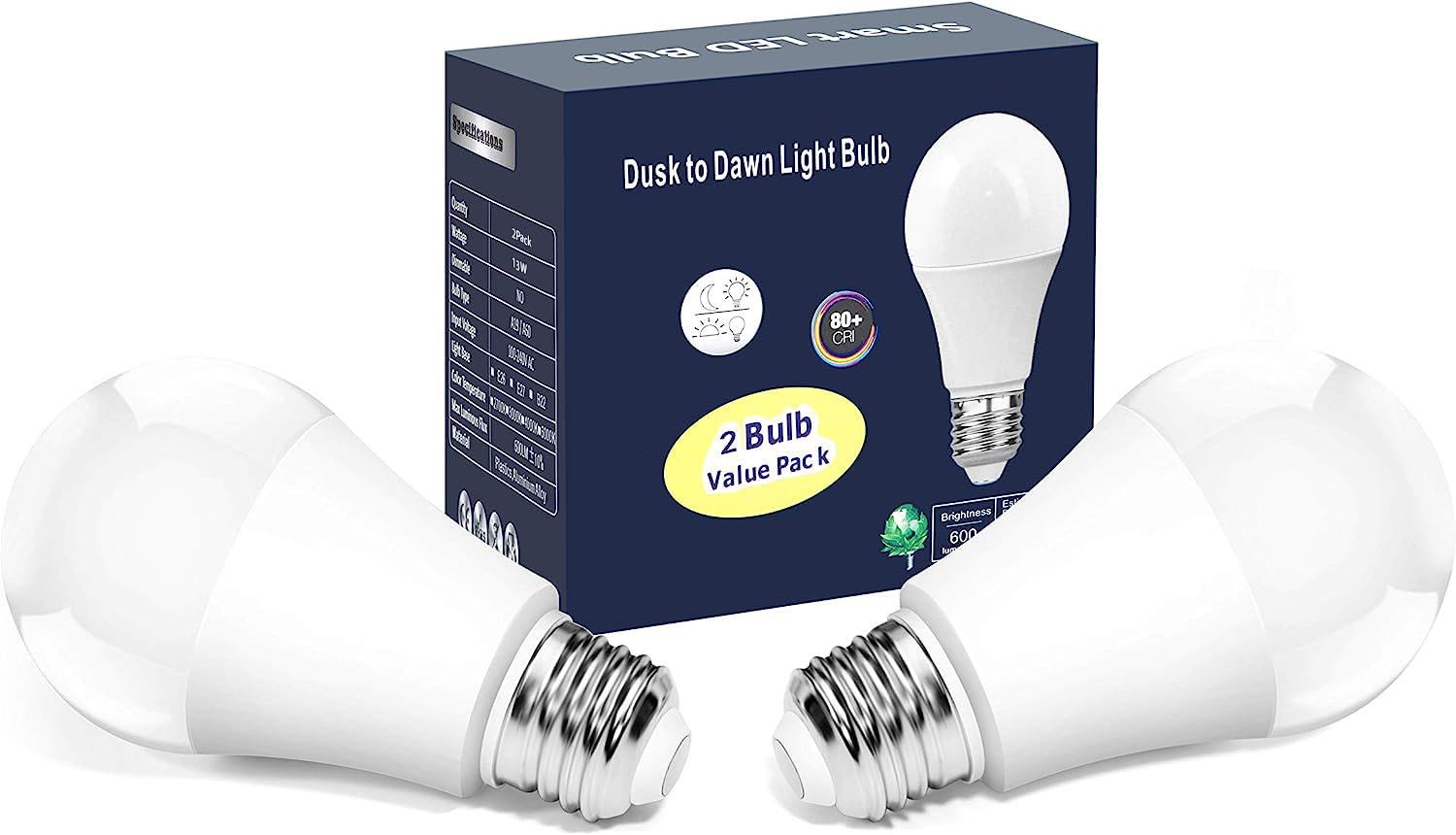
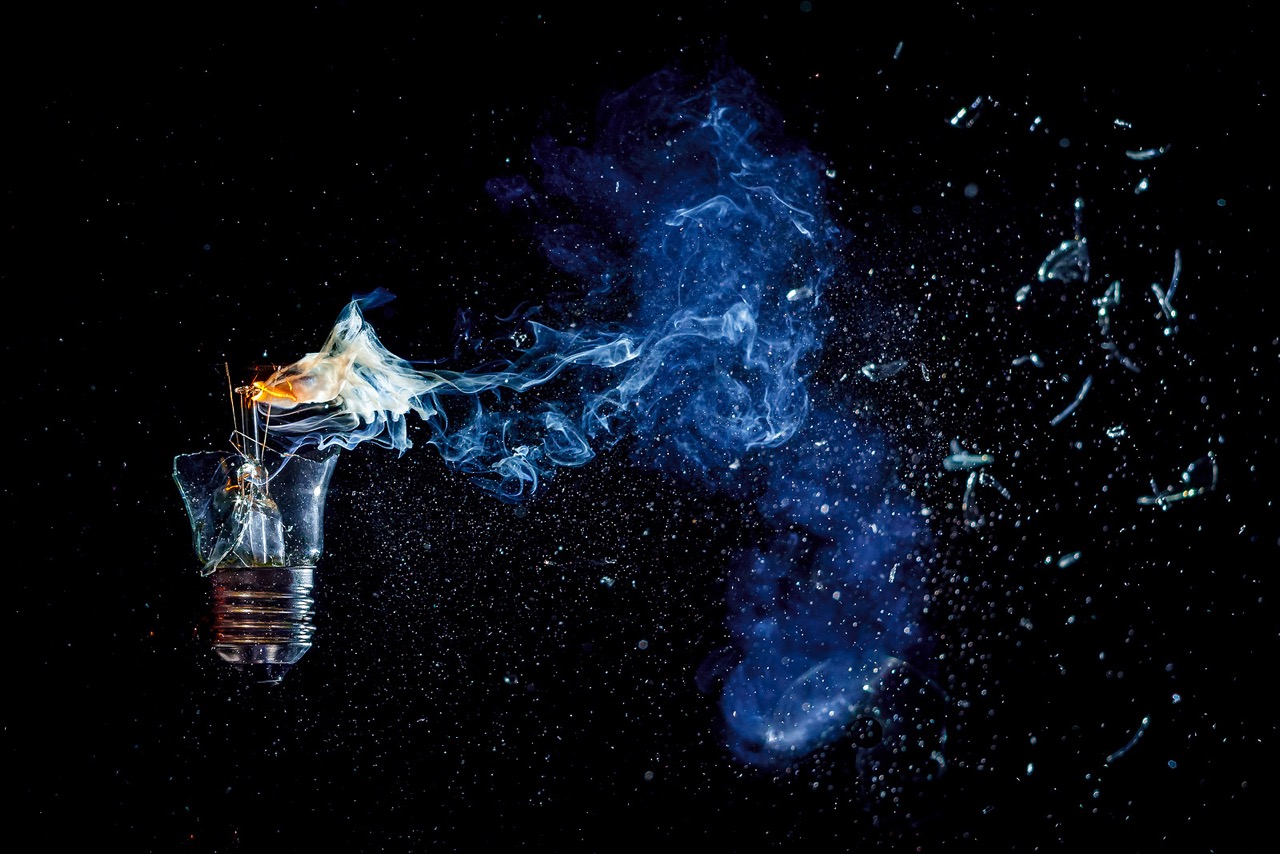
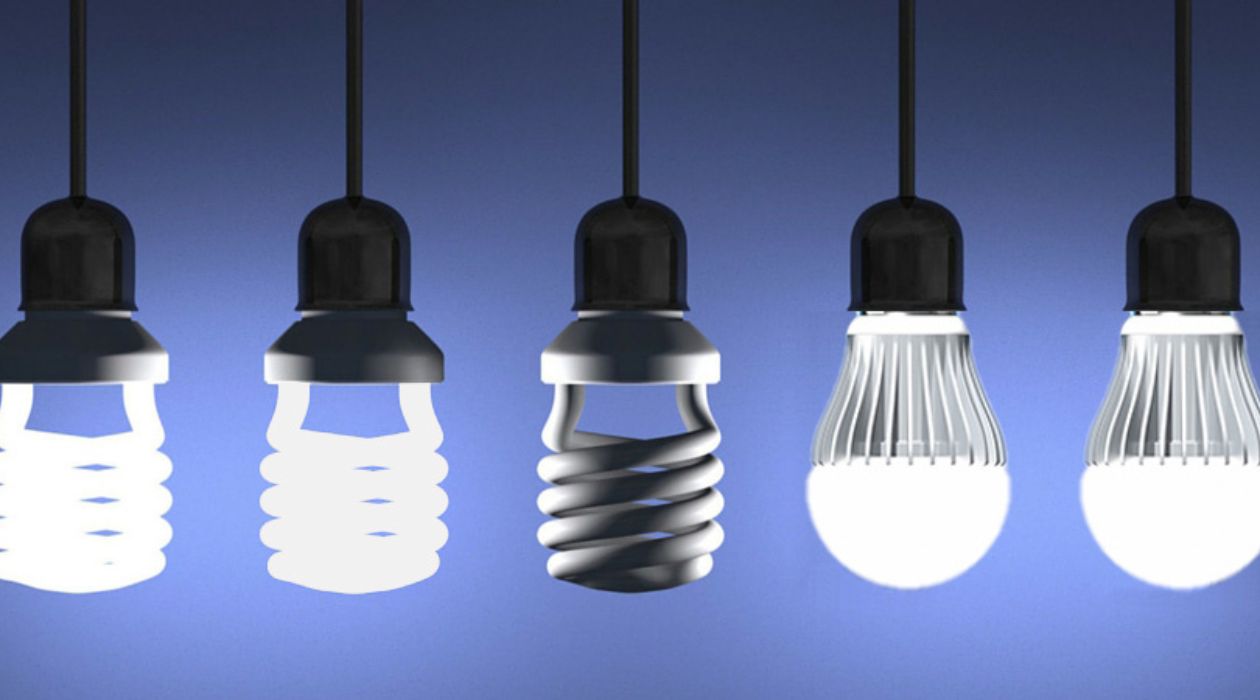
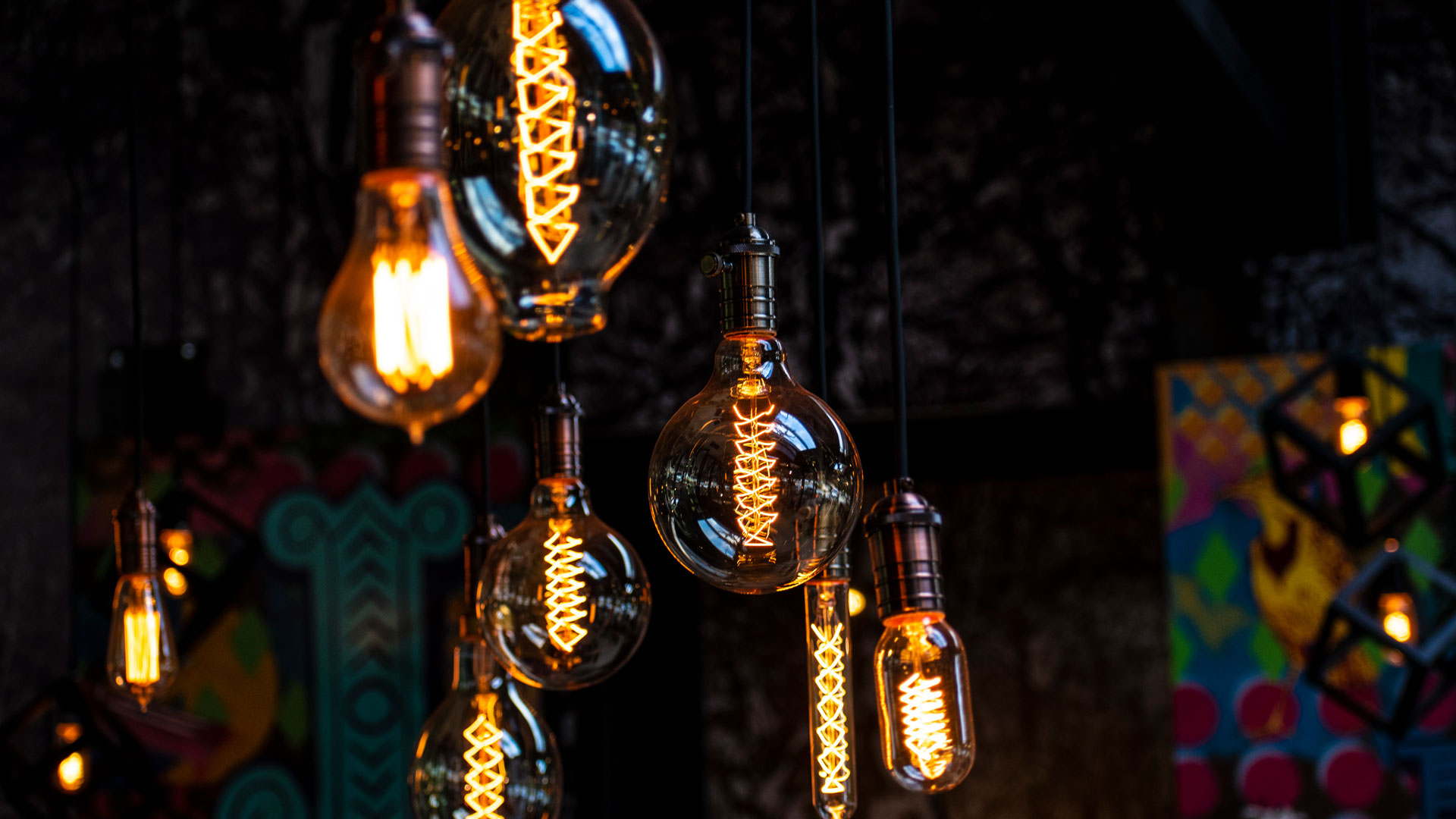
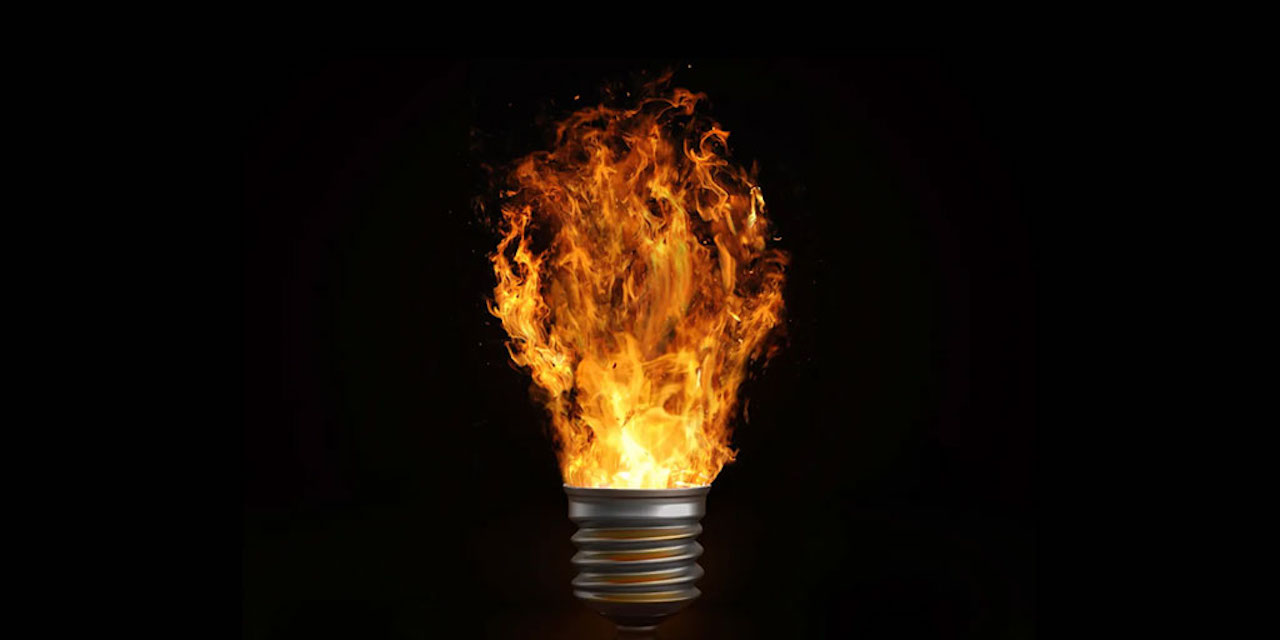

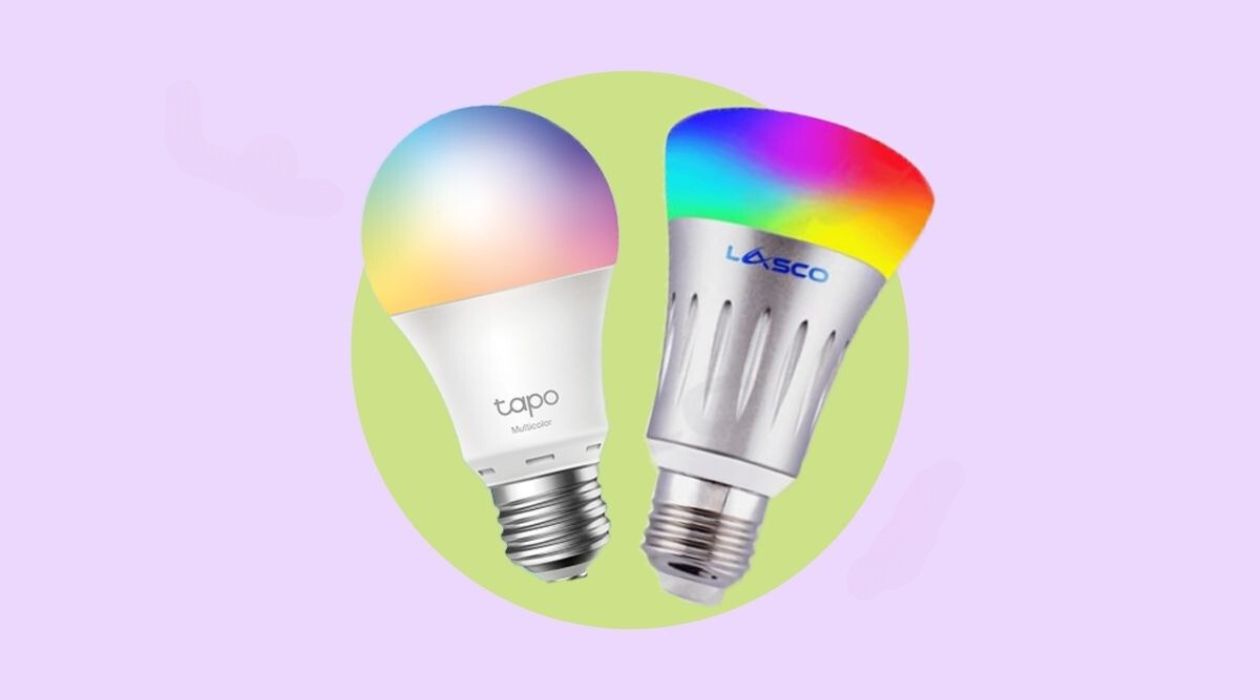
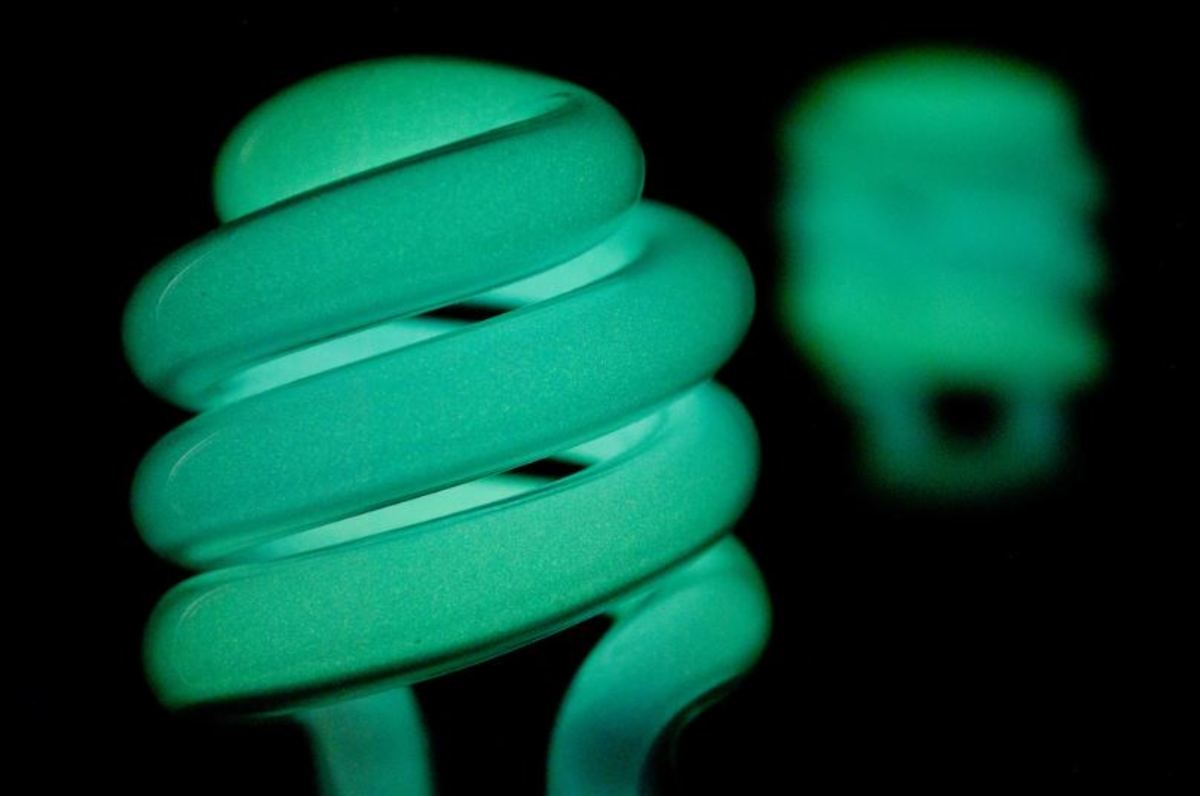



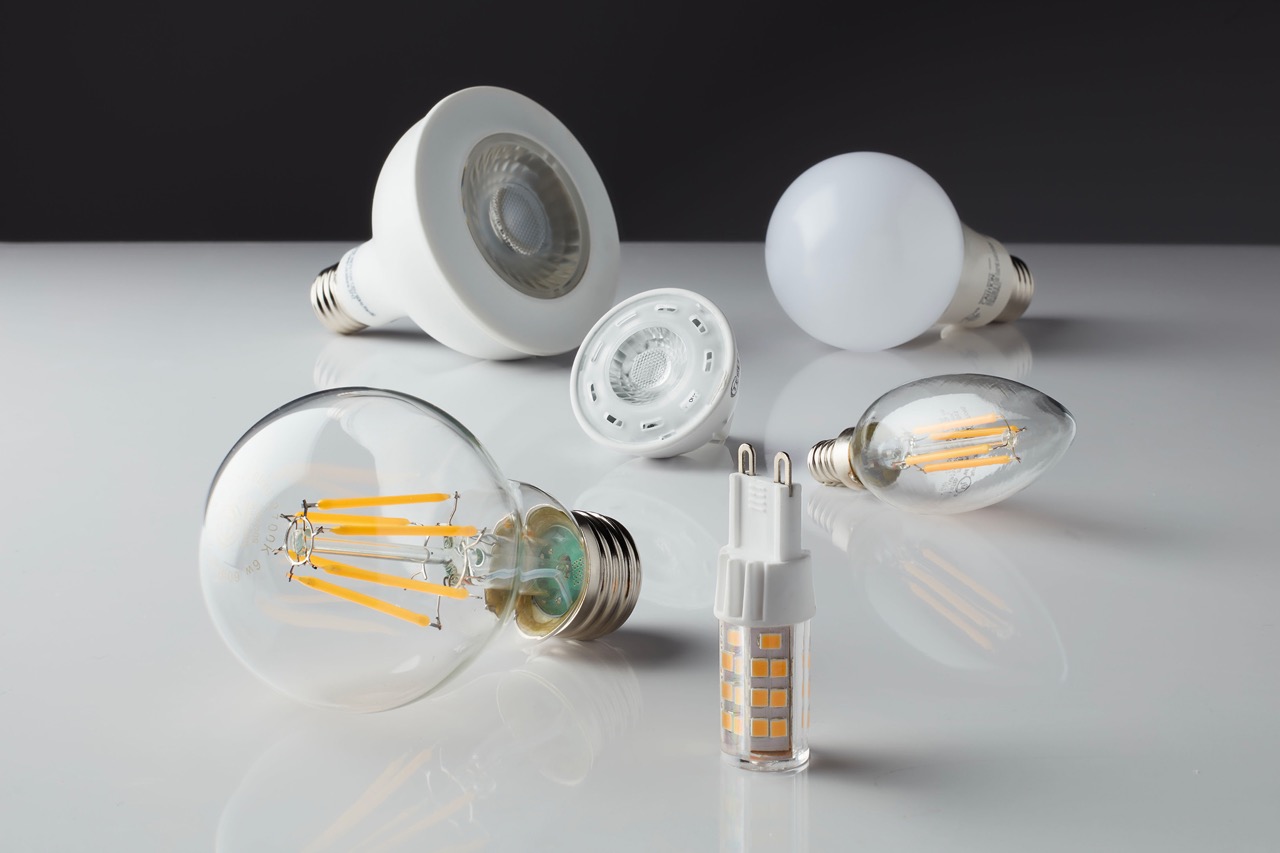
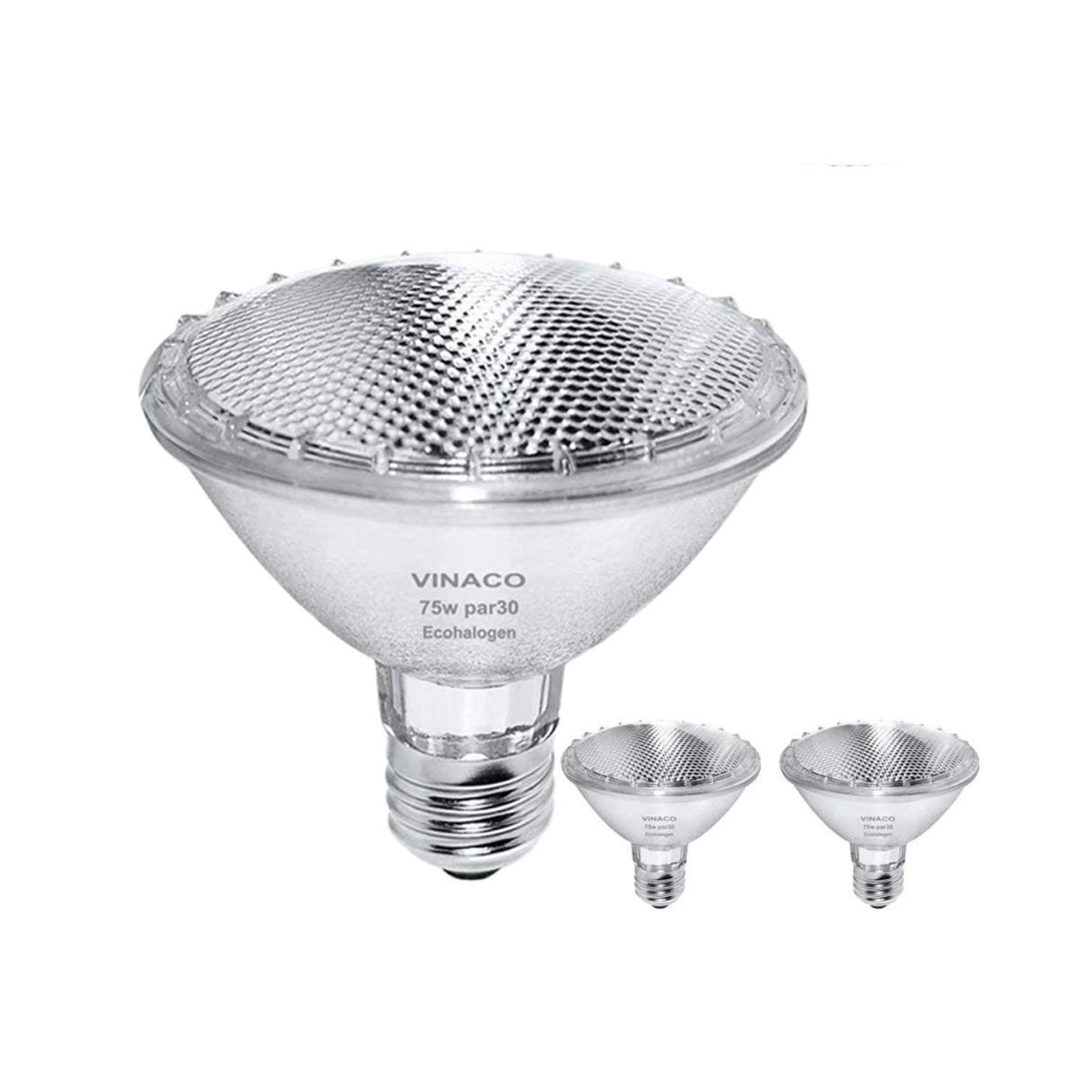

0 thoughts on “How Does An LED Light Bulb Work”